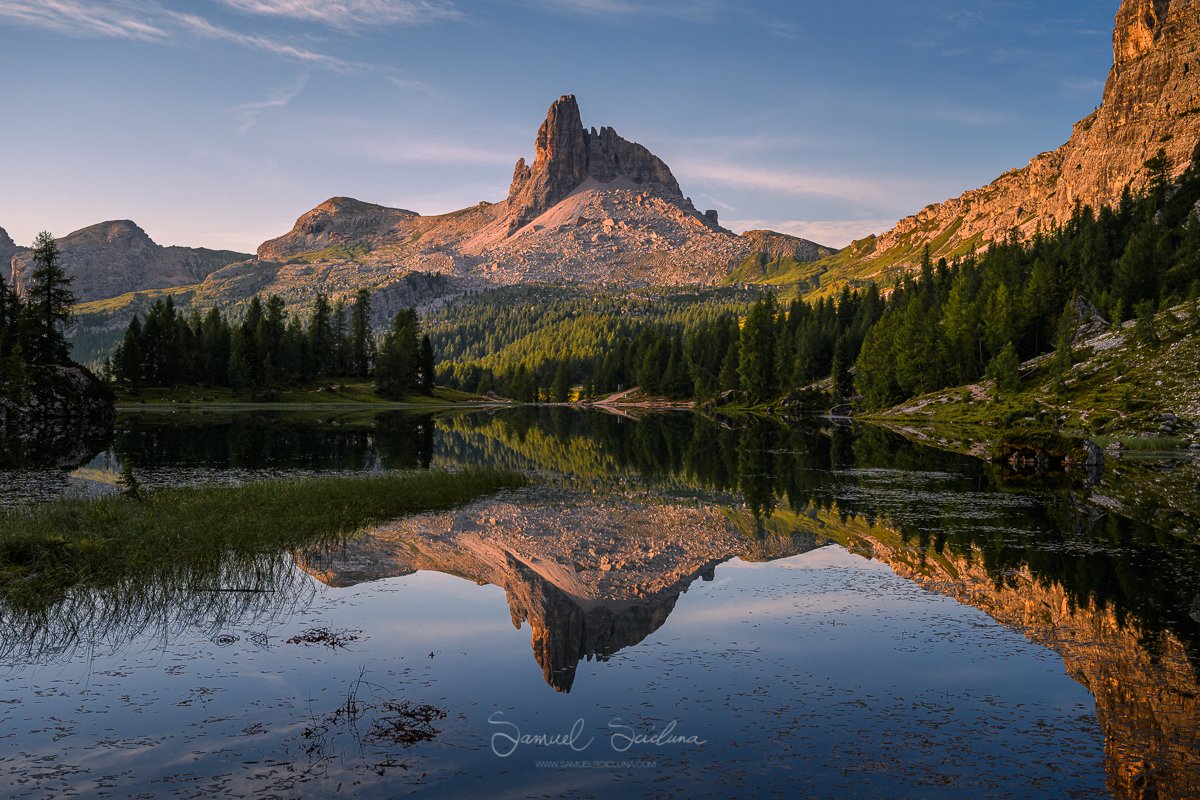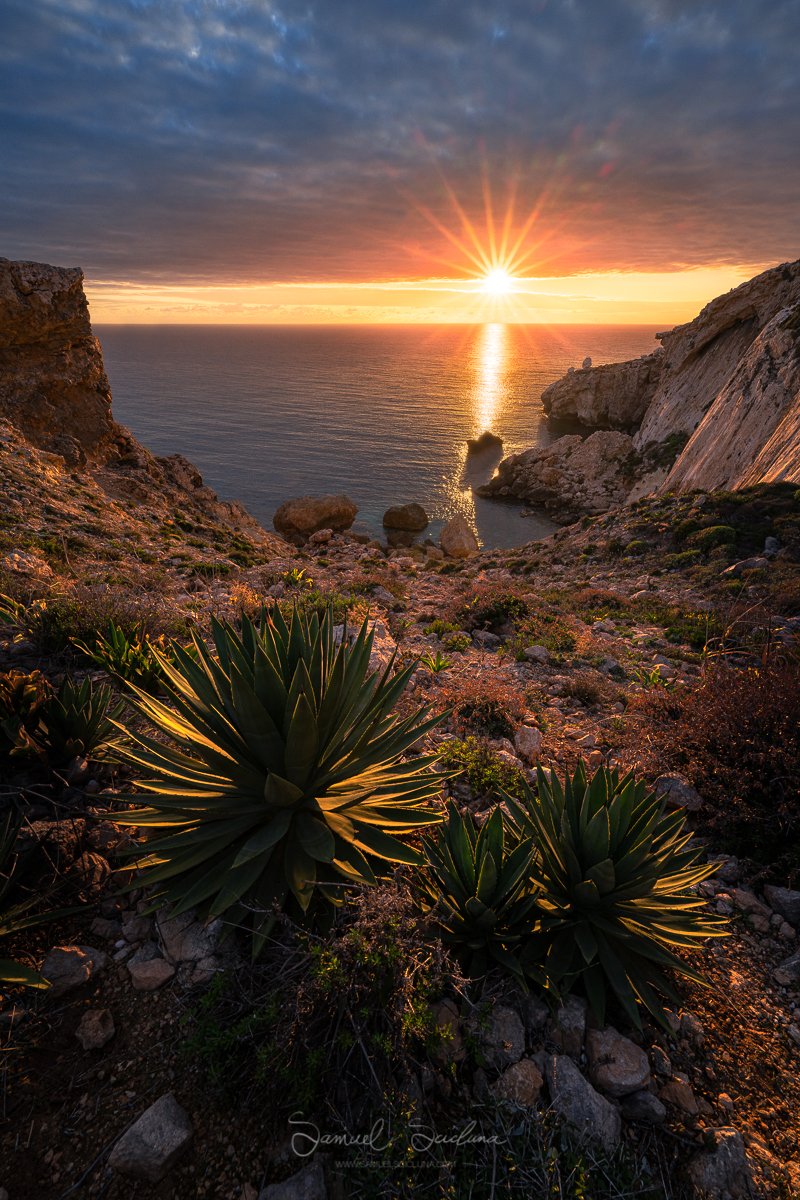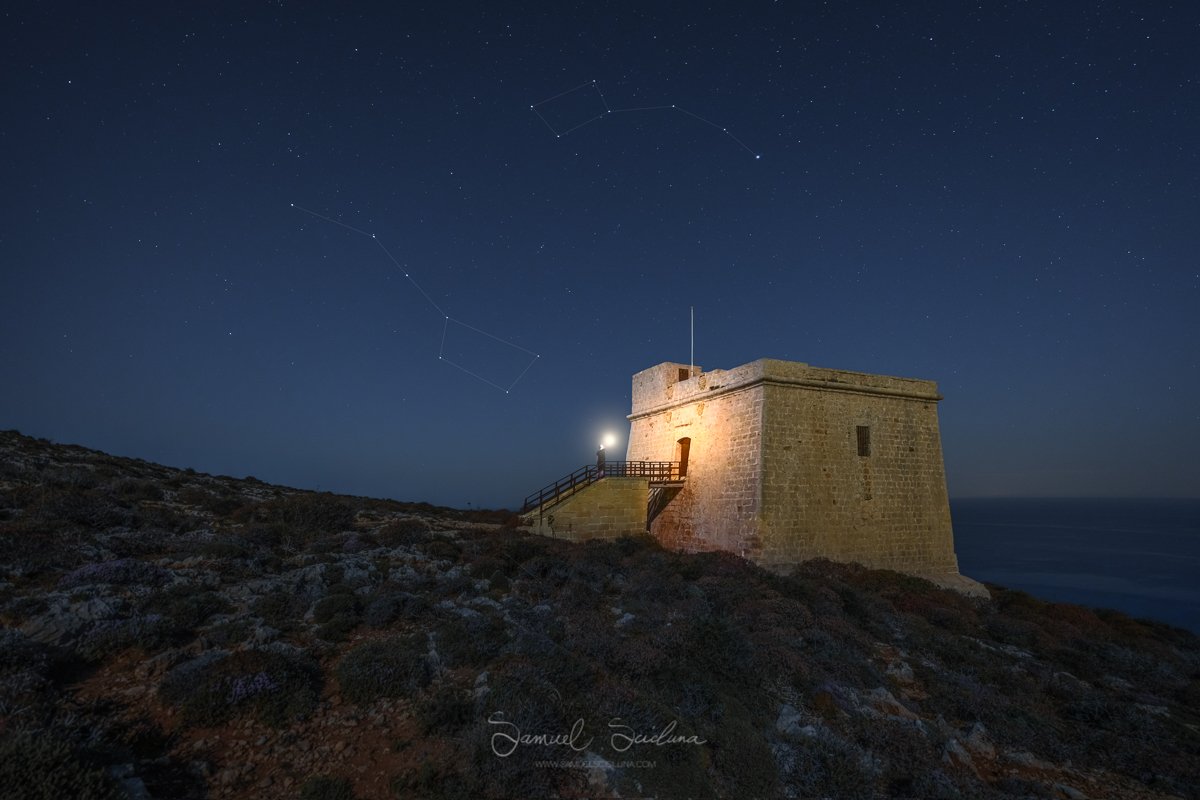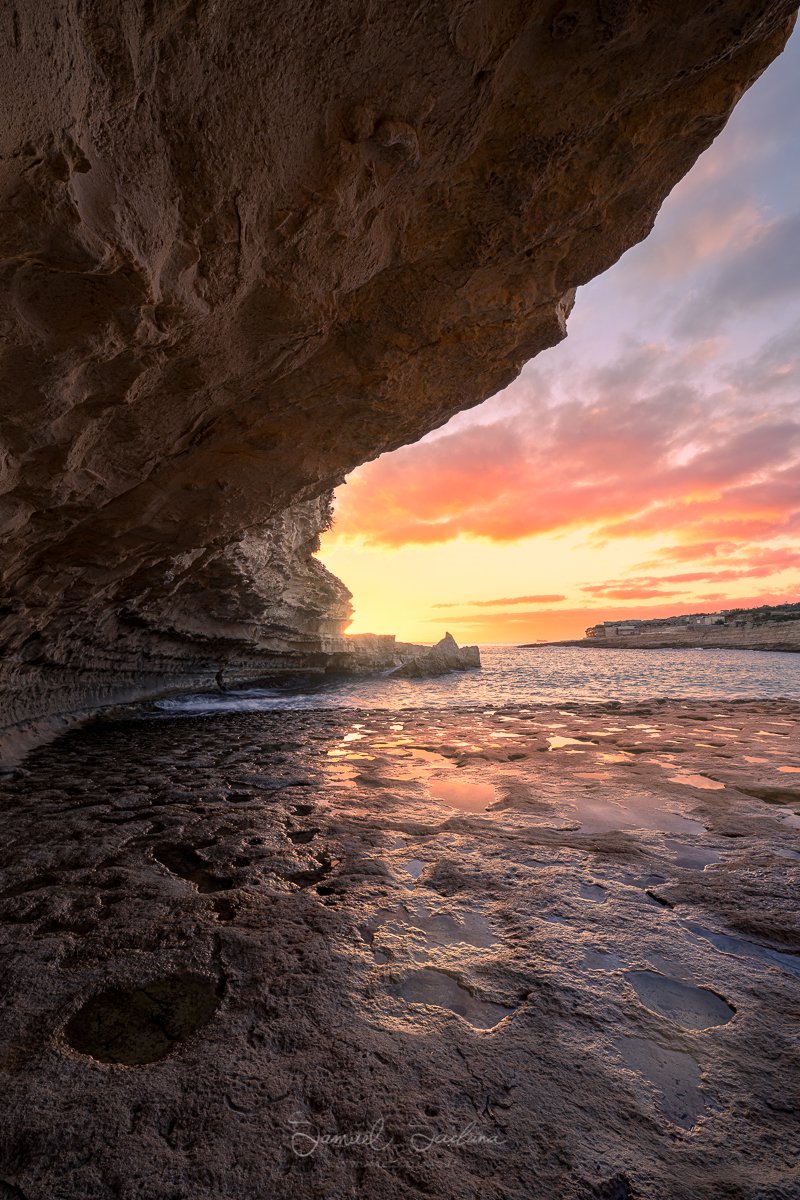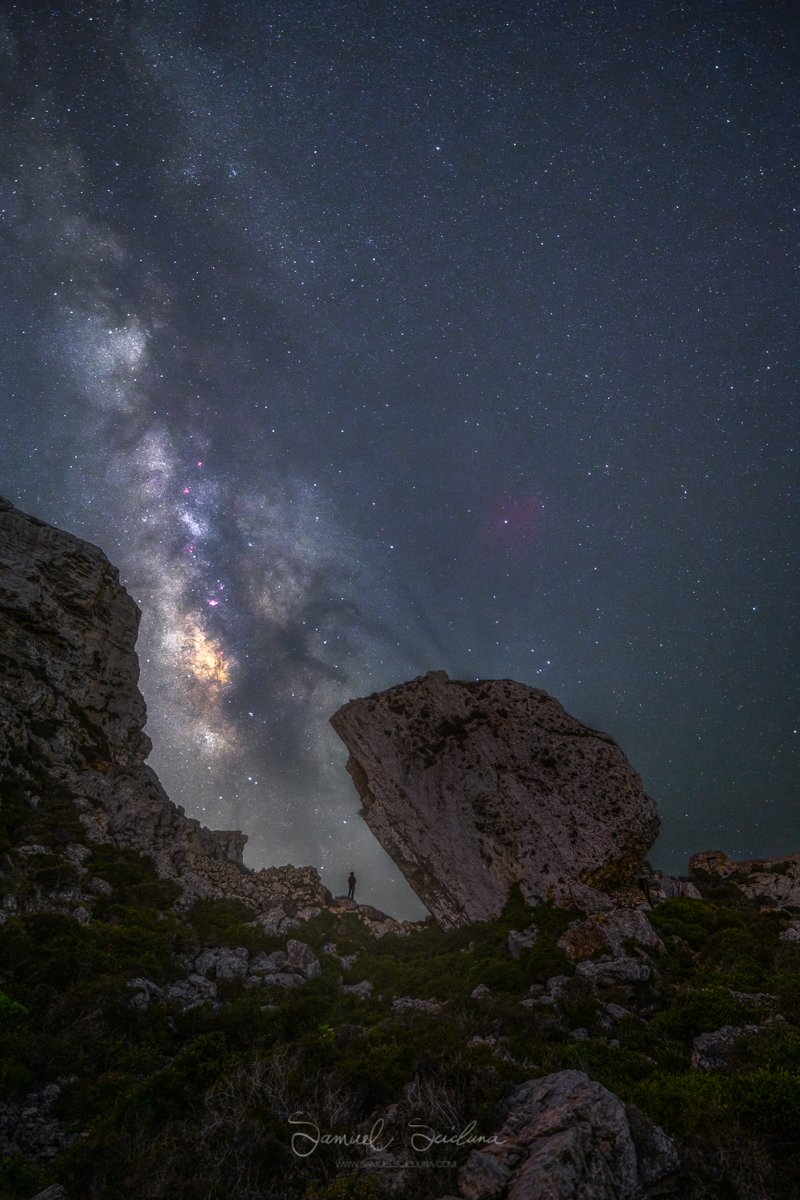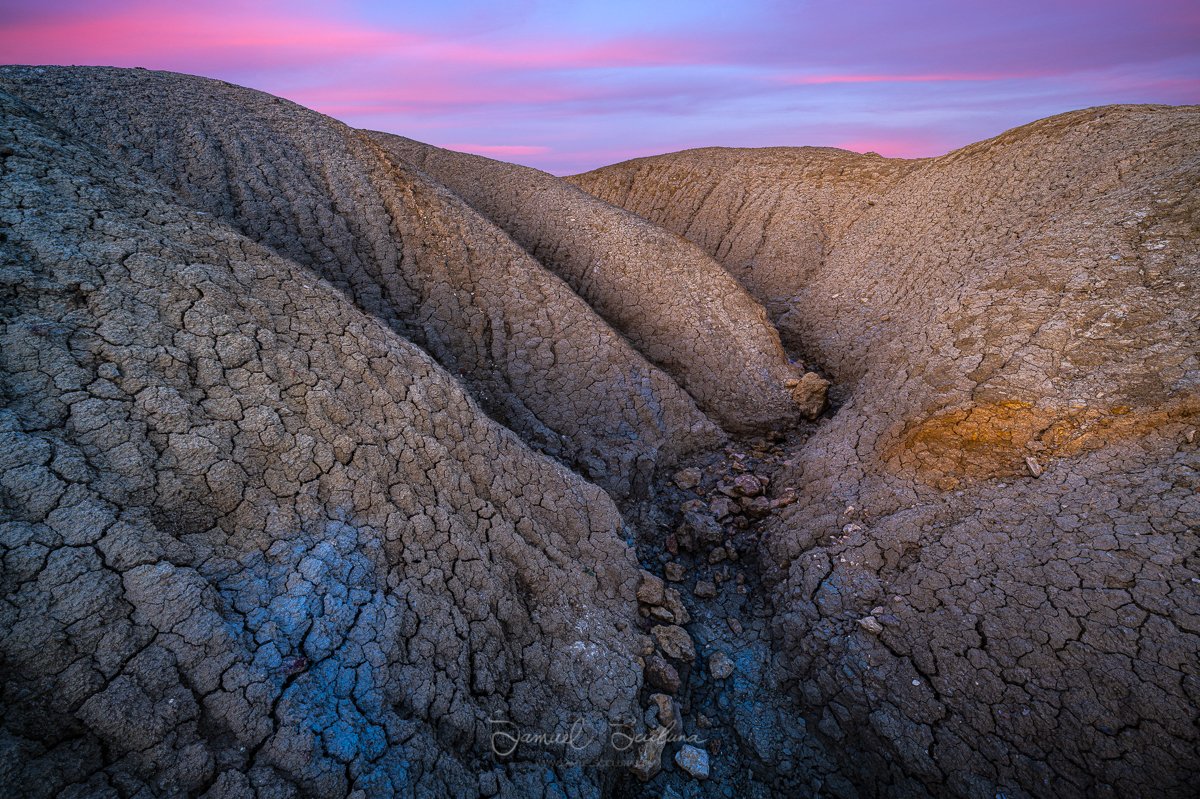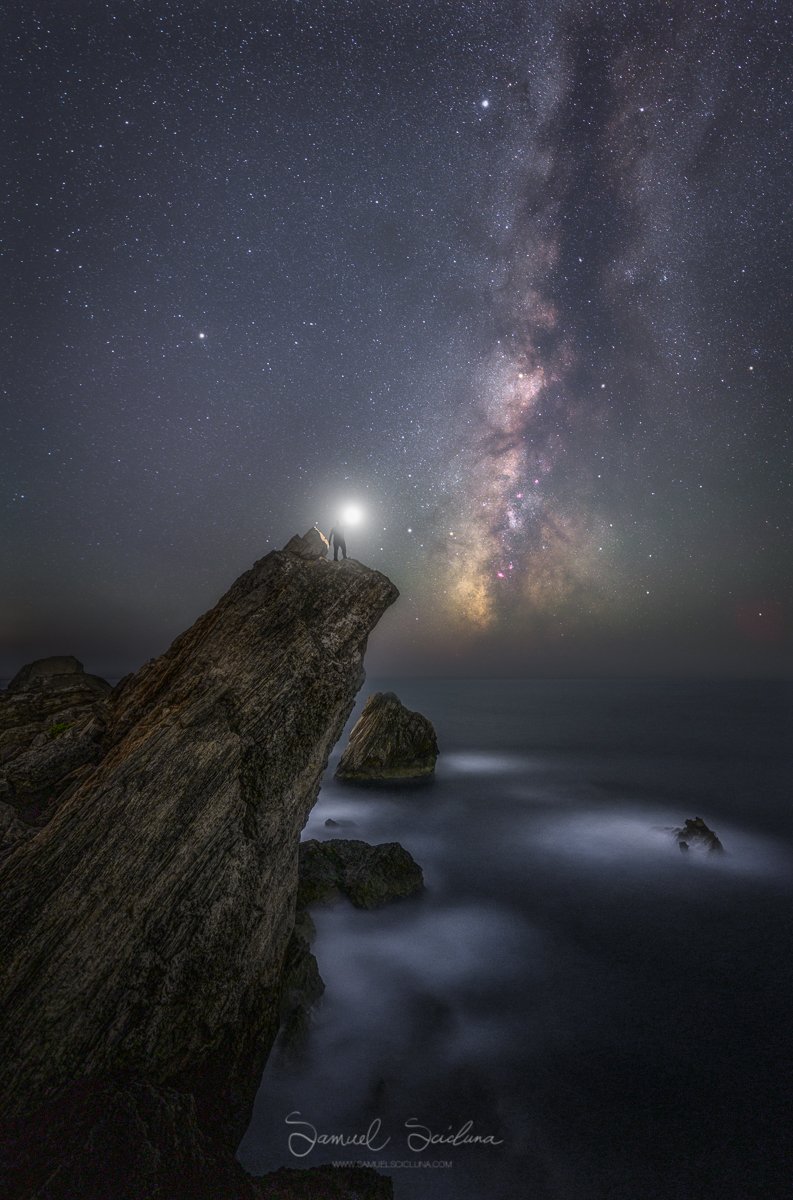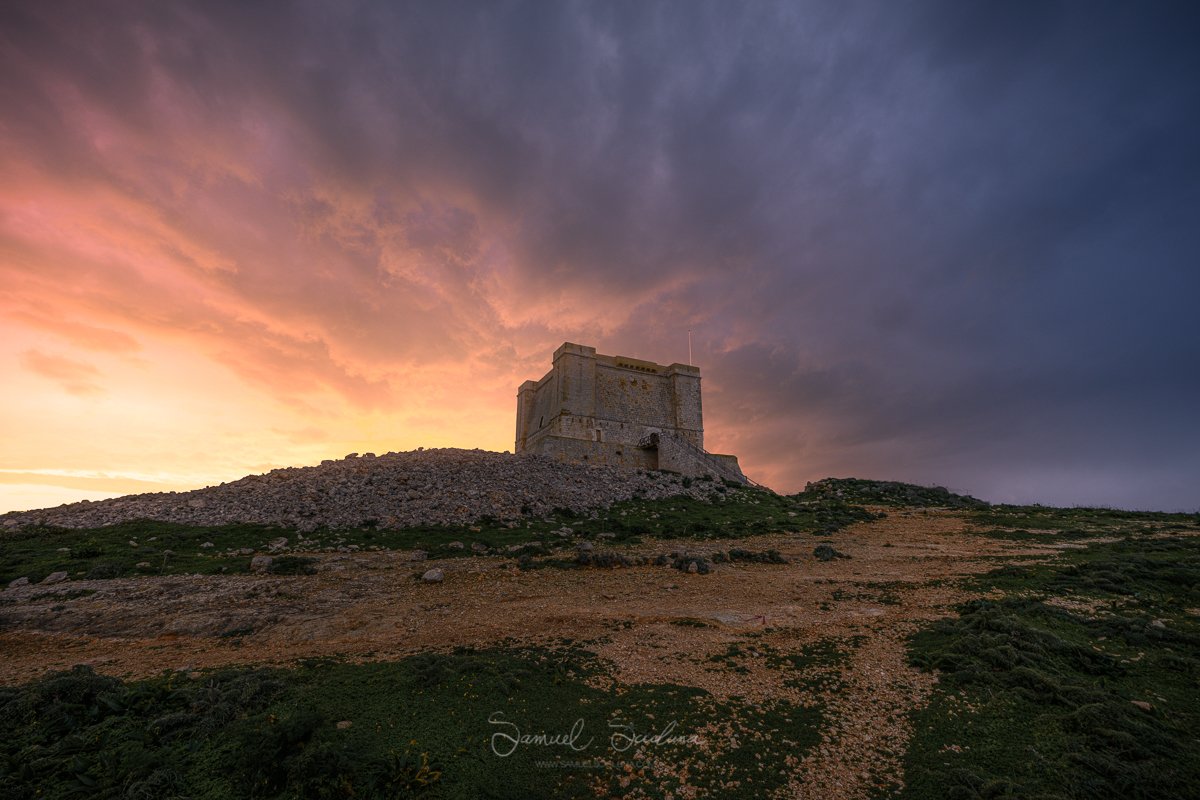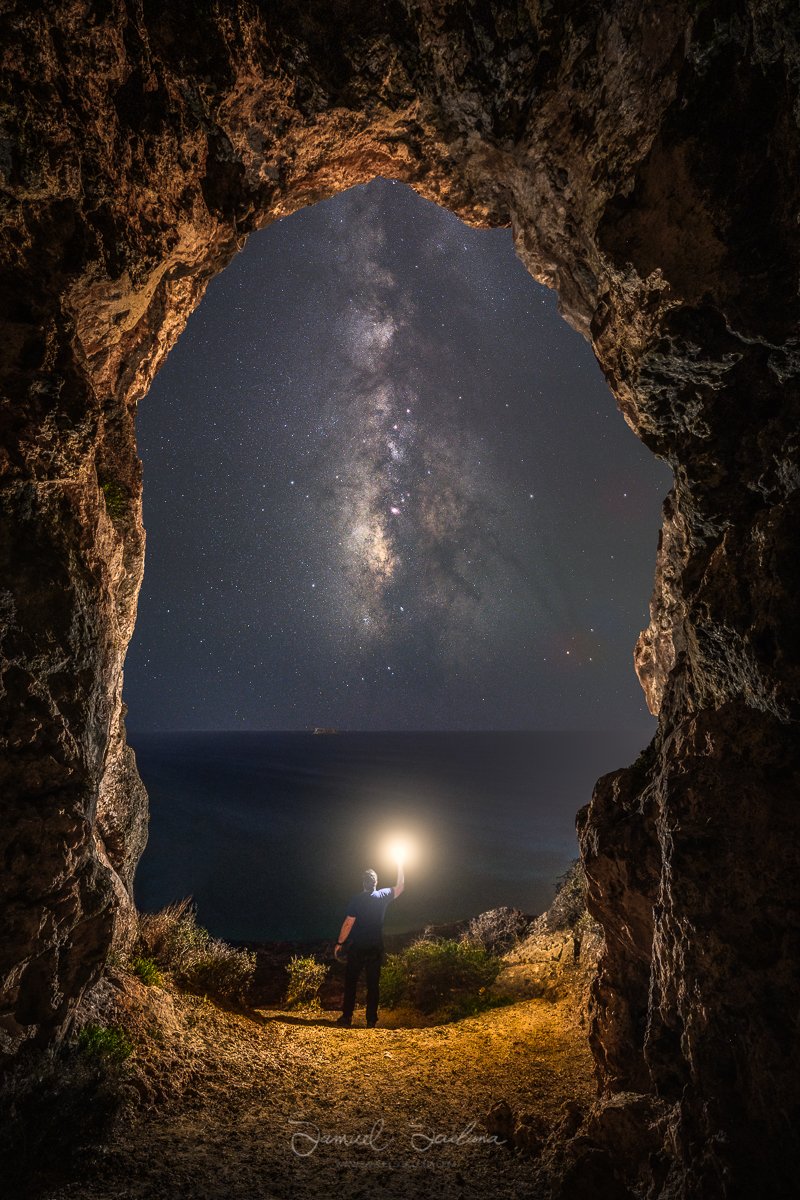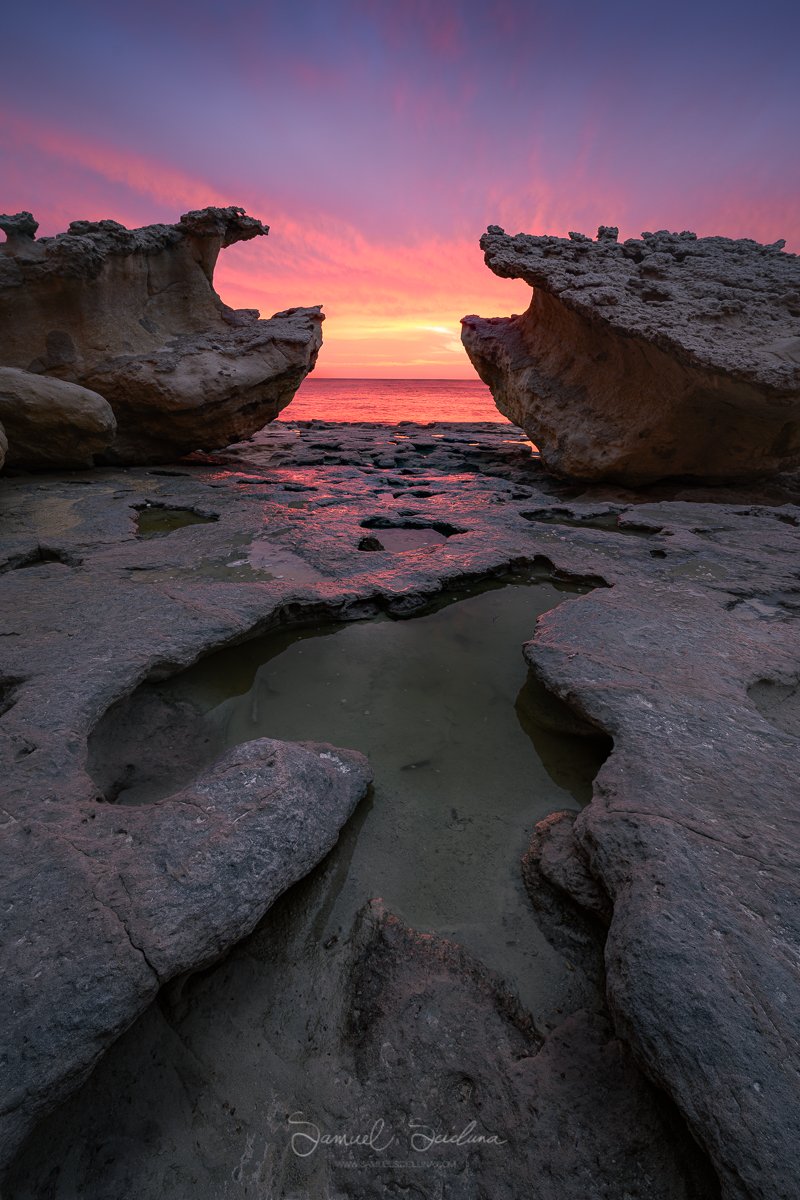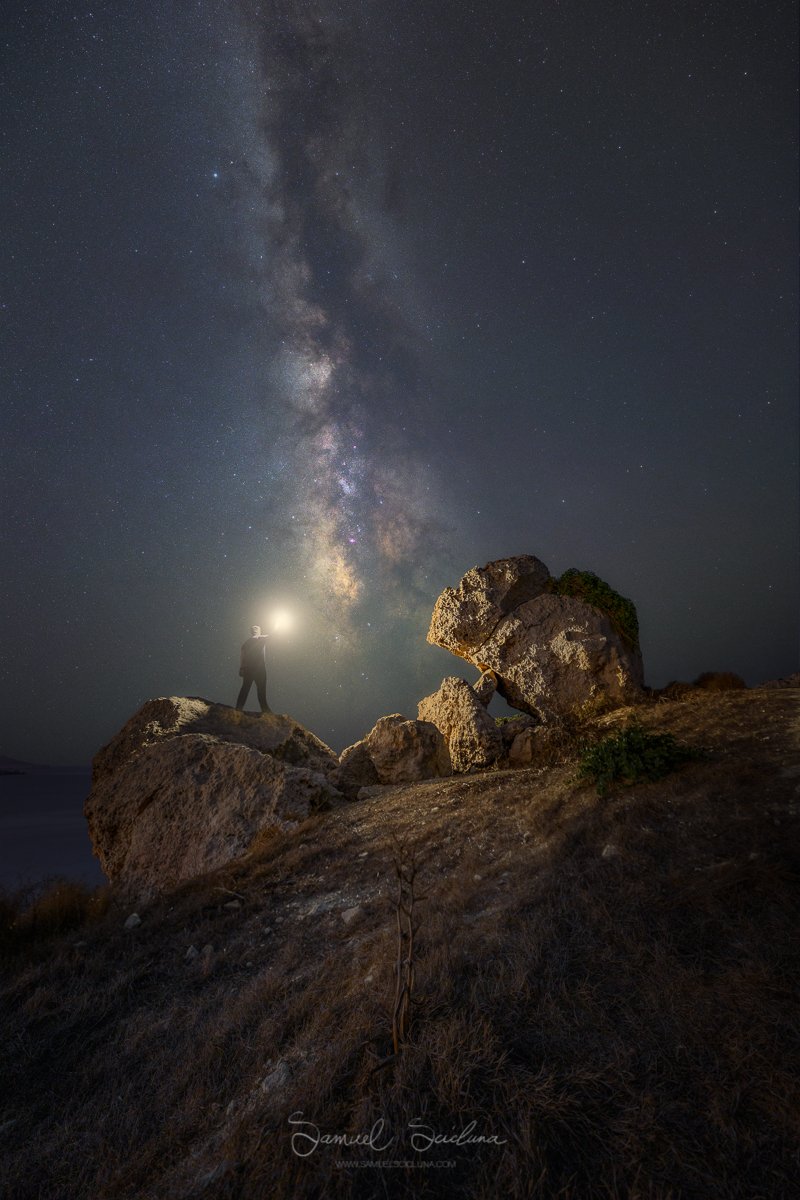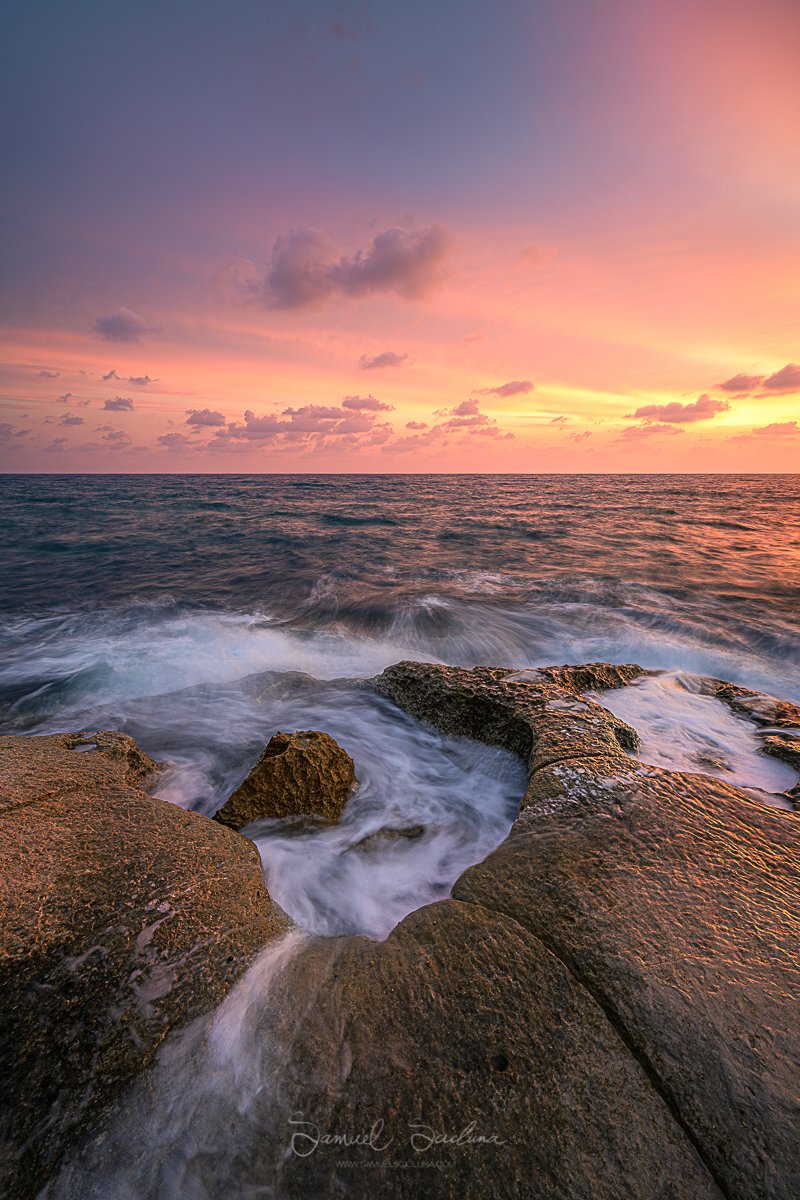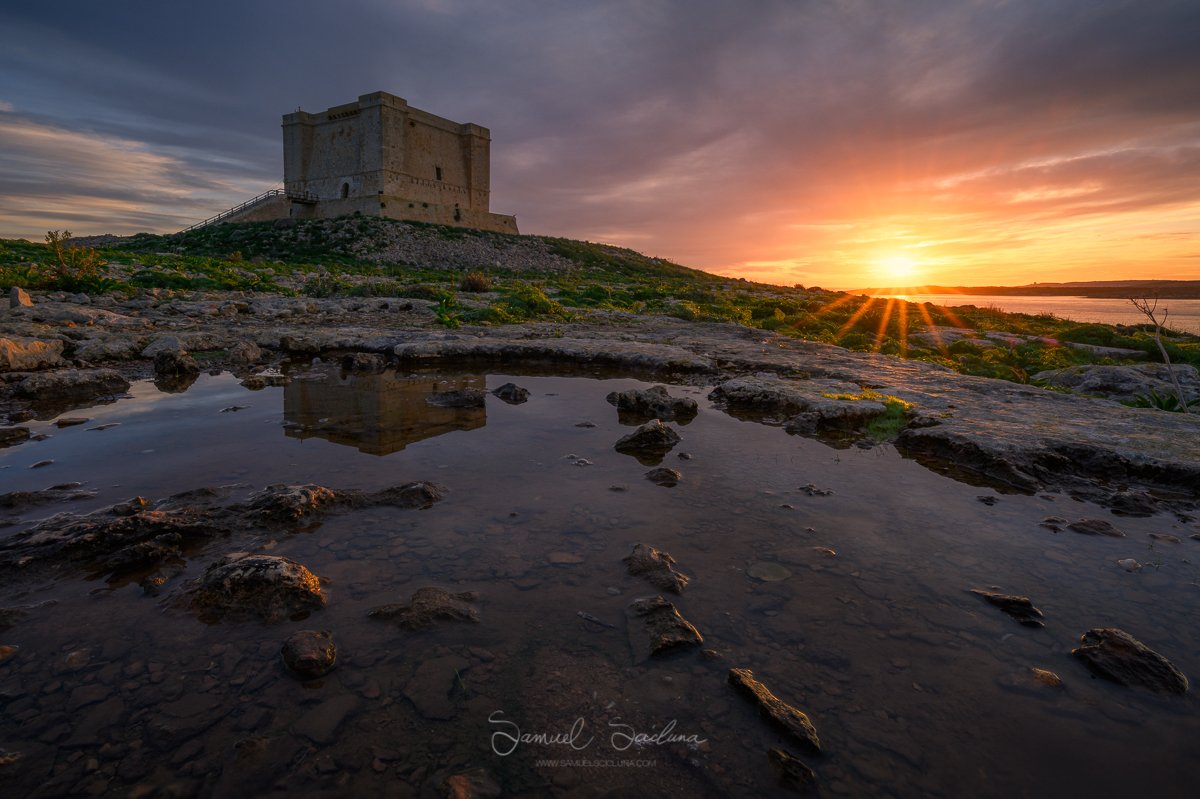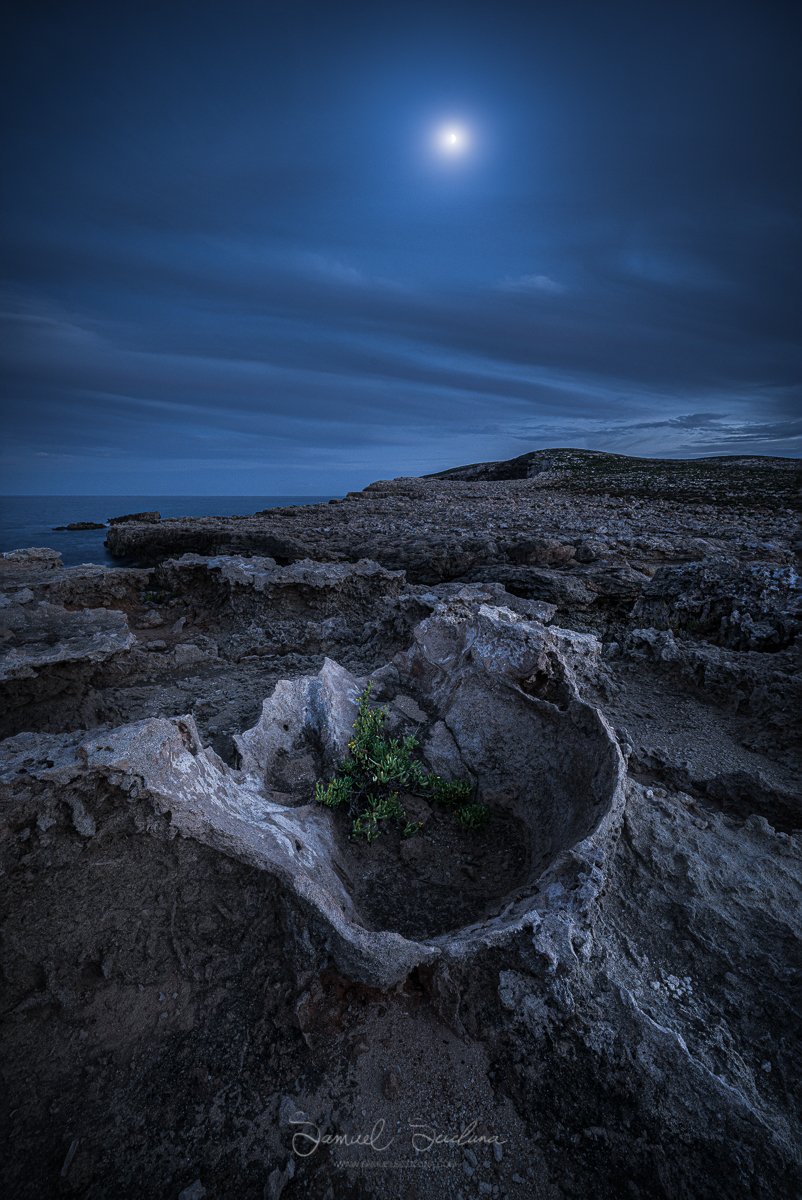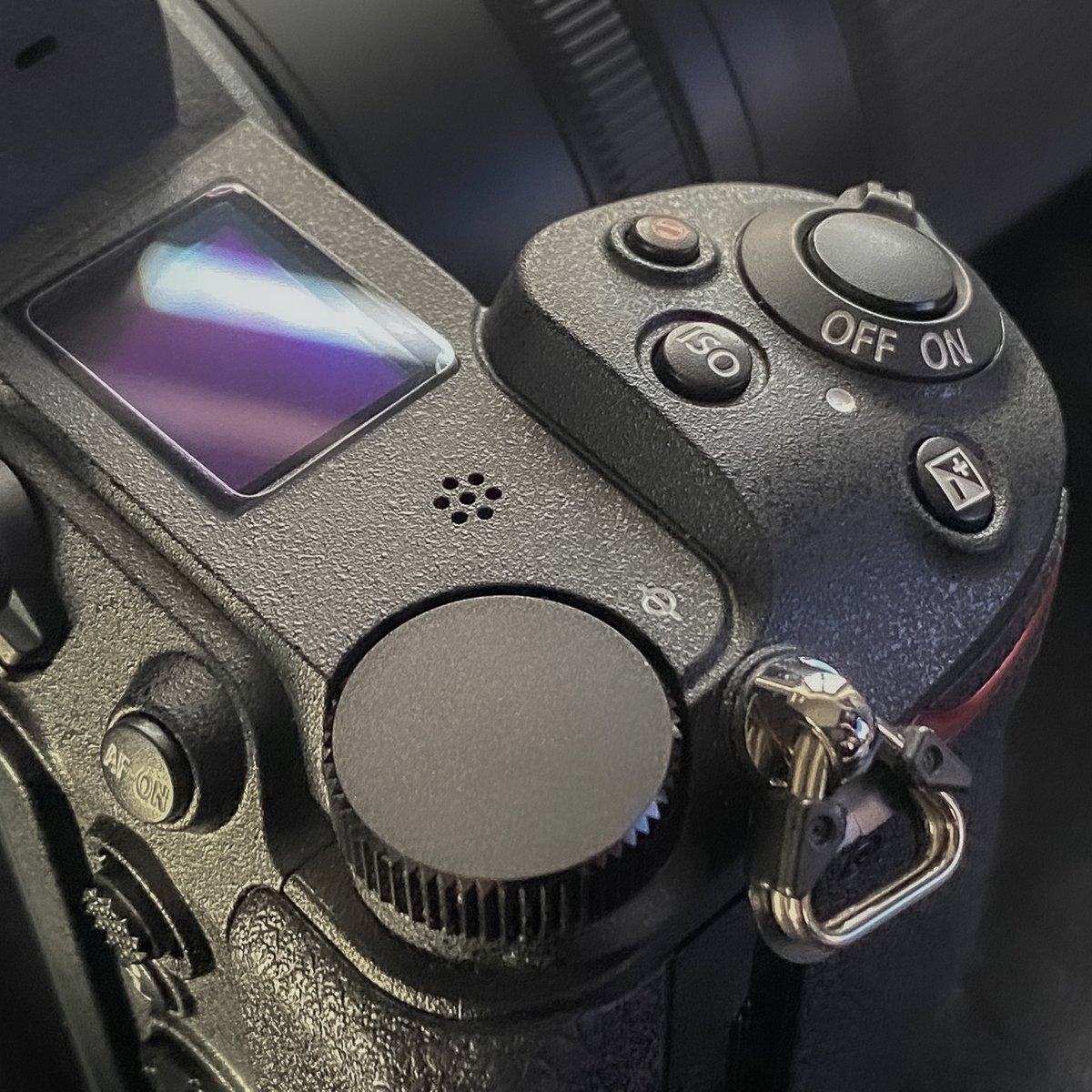A close up of the Nikon Z6II Mirrorless Camera
This blog is about my views on moving from a Nikon DSLR system, which I had been shooting with for 9 years, to a Nikon Mirrorless system. I only shoot landscapes, severe weather and night sky photography, so there are certain functions and features which I never use (Such as Autofocus and high frame rate continuous shooting, etc), therefore I will not be reviewing these functions.
I want to start off by saying that the main driving force behind switching to mirrorless was not to get better image quality, I was always happy with the image quality from my Nikon D810. My main motivations for switching where the following:
Reduced size and weight
Tilting Screen
A 14mm Lens which allows 100mm filters
New Lenses with better optics
WYSIWYG + Live Histogram
Future Proofing
My decision to switch to Mirrorless was an easy one, the new technology was going to make my workflow easier and carrying less weight was always a goal of mine. I also switched to Mirrorless as I wanted to future-proof my setup, knowing that there is a lot of investment by camera manufacturers to make mirrorless cameras the standard in future. In 2020, more mirrorless cameras were sold globally than DSLRs for the first time ever, this shows a shift in the market towards mirrorless technology is being embraced.
Size and weight do matter!
When I shot with my trusty Nikon D810, I always faced the same dilemma before a sunrise / sunset hike or when packing to travel abroad - what equipment should I take? Should I carry everything and end up knackered or should I go light and risk missing important gear?
Since switching to mirrorless, I do not have to compromise anymore as I can now carry everything I need and it still weighs less than half of my DSLR gear!
Reduced size and weight were the main reason for switching to mirrorless, and in this respect, the Nikon Z7II and Nikon Z6II don’t disappoint!
Below is a comparison of the weight of each lens / body, both DSLR and Mirrorless
* All 4 cameras use the same Nikon EN-EL15 Battery type therefore this does not effect weight.
** Fast apertures are not a priority for landscape photography, so rather than using bigger, heavier F2.8 lenses, I was able to go for smaller and lighter Z Lenses.
*** The weight of the Nikon 24-70 F4 Kit lens is not included as the focal range is covered by the 24-200 Lens and I only carry one of these 2 lenses at any one time.
Difference in weight: (DSLR) 5155g – (Mirrorless) 2450g = 2705 grams (5.96 Lbs)
Having a smaller and lighter camera system means more room in my camera bag for other stuff, especially when camping (Clothes, tent, sleeping bag, stove, food, etc).
It also means that I have been able to use a smaller and lighter Ballhead (Sunwayfoto EB-36) when hiking and travelling. When shooting locally in heavy winds or whenever I am shooting severe weather, I still use the bigger and more stable ball head (Sunwayfoto EB-44).
My 1st Covid Lockdown project - Creating custom made drawers to keep all my gear organised and safe.
WYSIWYG – Where have you been all my life?
WYSIWYG (What You See Is What You Get) means that the exposure of the image in Live View changes in real time as you adjust your exposure settings (Shutter Speed, Aperture and ISO). This can be a huge time saver as you can do away with test shots and nail the exposure first time round. This is because on a mirrorless camera, you are seeing what the sensor sees, instead of looking through the lens directly.
WYSIWYG saves time and battery life, but also space on memory cards. This effectively makes the end result more predictable meaning less test shots and time wasted!
Live Histogram
The live histogram in live view goes hand in hand with WYSIWYG, it shows a live representation of your histogram and from it you can deduce whether your exposure is spot on, over or under. This is a fantastic tool and again helps you to nail the exposure in the first shot, rather than having to take make multiple shots to get the proper exposure.
Battery life
Although this was one of the things that I was most concerned about before switching to mirrorless, I immediately realized my concerns were unfounded. Nikon rate the battery at around 410 shots; however I find this to be significantly lower than what I achieve in practice. Although the battery life is not quite as good as my Nikon D810, its only marginally worse.
The thing to mention here is that battery life is very subjective, it depends on the type of images being captured and how often Live View is used. Longer exposures and using Live View all the time (As I do for landscape photography) drain the battery much more quickly than continuous shooting with the EVF. I managed to capture about 300 x 30 second shots when shooting a star trail on a single fully charged battery, which is only slightly less than I would get with my D810, which was around 350 shots.
The number of shots on a fully charged battery increases significantly when shooting continuous shots such as sports or wild life. I tested this out at the Malta International Airshow this year, where a full battery gave me over 1400 shots. Is it a deal breaker though? Not at all! When buying my Z7II and Z6II, I also bought 4 Nikon EN-EL15C batteries, so I always have plenty of spares with me at any time, I also have 2 x Nitecore UNK2 chargers which I use when off to grid, meaning I can charge 4 batteries at the same time from my high capacity powerbank.
Adapting Lenses from DSLRs
The new Nikon Z Mount is huge compared to the original F-Mount. This is part of Nikon’s future proofing plan to more easily create lenses with wide apertures.
I have found that the lenses being released with the Nikon Z mount are absolutely incredible! They are smaller, lighter and sharper than the F-Mount lenses. I have at times still needed to use F-Mount lenses, and this is done using the Nikon FTZ adaptor. This is basically just a flange with a Z-Mount on one end and an F-Mount on the other. However, this piece of kit allows me to us some of my older F-Mount lenses which I have not replaced (Nikon 70-200 F4, Nikon 300mm F4).
Focus (Focus scale, more autofocus points and better spread)
I manually focus for 99% of my shots (This is because I usually focus stack my images for perfect sharpness front to back). Manual focus is incredibly easy on the Nikon Z7II and the Nikon Z6II because you have a focus scale in live view which shows you your focal distance, meaning you don’t need to chimp and check each and every image individually.
Another huge help with manual focus is Focus Peaking. Focus peaking works by highlighting areas of sharp contrast in a colour overlay in live view. The areas of sharp contrast are the areas which are in focus, therefore the areas with a colour overlay are the areas which are in focus. You can select the colour and the threshold in the settings menu. Focus peaking is done in body, so it also works with manual focus lenses and can be used to gauge the depth of field in the scene.
As mentioned above, I rarely use Autofocus, however when I tested it out at the airshow in September, I was impressed with the results! Mirrorless cameras also have more focus points and they are much better spread across the frame, this is a huge benefit, even when working on a tripod.
My f-stop XL Pro ICU with all my gear. I carry my gear this way when storm chasing, so that I have all my gear to hand in the luggage boot of my car.
Pros of DSLR Cameras
They have become highly refined based on years of R&D and feedback
They have been the industry standard for years and are rugged, well-built and have fast autofocus
There are plenty of third-party options when looking to buy lenses and other gadgets such as flashes, straps etc
Great battery life - A DSLR can take over 1,500 shots per charge
Cons of DSLR Cameras
They can be heavy and take up loads of space in your camera bag, especially when travelling
They can be cumbersome when trying to shoot discretely
Manufacturers have shifted their focus to mirrorless recently, so there is less innovation for DSLRs
Moving parts in a DSLR are more complex and more likely to cause problems or fail prematurely
Pros of Mirrorless Cameras
Lightweight and compact - Mirrorless cameras tend to be significantly smaller and lighter than a DSLR, a major advantage for landscape and Astro photographers who need to hike to remote locations
New mirrorless cameras tend to be cheaper than their equivalent DSLR counterparts
WYSIWYG – What You See Is What You Get – The exposure preview in Live View is just incredible, it shows you a fairly close simulation of what your exposure will look like
Mirrorless cameras have taken over the market with manufacturers putting a lot of effort into research and development of mirrorless technology, meaning the improvements can be expected to be significant and coming quickly in the next few years
Cons of Mirrorless Cameras
Mirrorless cameras take longer to start up, this might be an issue for photo journalists or sports / wildlife photographers, but it hasn’t had any impact for me when capturing landscapes or Astrophotography.
Since both Nikon and Canon have taken a while to join the party (Sony started focusing on Mirrorless cameras several years before Nikon and Canon), there are way less lenses available for mirrorless cameras. Both Nikon and Canon have created adaptors which allow you to use DSLR lenses with a mirrorless body.
Shorter battery life – This might be a deal breaker for some, but was never really as big of an issue as I thought it would be. Whilst there is definitely a difference in battery life between my D810 and my Z7II, it is negligible in my experience.
The cost of the new generation of XQD and CF-Express memory cards which is much higher than regular SD or CF cards.
What does the future hold?
Honestly, I think that within 10 years there won’t be any new DSLR cameras being produced, performance and usability of mirrorless cameras has come a long way in the last few years and is now better than DSLRs in almost every way!
Why I chose the Nikon Z7II and Nikon Z6II
I am loyal to Nikon, I didn’t feel the need to jump on the Sony bandwagon and was intrigued with what Nikon offered when they released their first mirrorless cameras. Most of the specs seemed great, but there were a few things which were a concern, (Single XQD Card slot, Poor autofocus performance, small buffer and a single processor) so rather than pull the trigger immediately, I waited for Nikon to release the second generation of mirrorless cameras, hoping they would address these issues.
Lo and behold, with the second generation of mirrorless cameras, Nikon addressed these shortcomings and both the Z6II and Z7II have 2 card slots, dual processors, better autofocus and a massive buffer! With the second generation of Z6 and Z7, Nikon also introduced ‘Extended Shutter Speeds’, this is perfect for landscape and astrophotography as I can shoot exposures upto 15 minutes (900 Seconds) without the need for a remote trigger or intervalometer.
Note: To elaborate on why the single card slot was a non-starter for me, I don’t always have the chance to back up my images whilst travelling, especially when in remote location and off the grid, so having all images written to 2 different cards which can be stored in different places gives me redundancy and peace of mind.
Conclusion
It's now been 12 months since I switched to a mirrorless system. I love my mirrorless cameras; they are perfect for my needs and I wouldn’t go back to a heavy and bulky DSLR.
That being said, I am at a stage in my photography journey where it made sense to switch over to mirrorless. I don’t think everyone should just sell their DSLR and switch to mirrorless, especially if they are not getting everything out of their DSLR just yet, but if you are looking at getting started in Photography or your DSLR is actually limiting you from getting the images you want to, then mirrorless might be the logical next step for you!
When I switched to mirrorless I bought the following equipment:
Nikon Z7II Camera Body + FTZ Adaptor + Nikkor Z 24-70 F4 lens (Kit)
Nikon Z6II Camera Body
Nikon Z 14-24 F2.8 Lens
Nikon Z 24-200 F4.5 - 6.3 Lens
4 x Nikon EN-EL15C Batteries
Below are a few of the images captured with the Nikon Z7II and Nikon Z6II:

